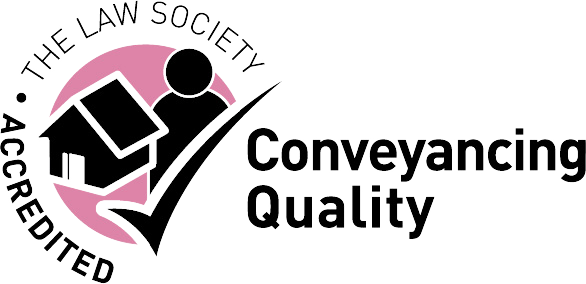Workplace health and safety are paramount concerns for employers, employees, and regulatory bodies alike. With the evolving nature of work environments and the recognition of new risks, regulatory frameworks governing occupational health need to adapt. In this blog, we’ll delve into the anticipated changes to occupational health regulations, highlighting proposed reforms aimed at enhancing workplace safety standards. Also, from updates on risk assessments to accident reporting requirements and employee training, let’s explore how these changes could shape the future of workplace safety.
Updates on Risk Assessments
Risk assessments are fundamental to identifying hazards and implementing preventive measures in the workplace. Anticipated changes to occupational health regulations may involve a more comprehensive approach to risk assessments. Also this could include:
Expansion of Hazard Identification: Regulations may require employers to identify a broader range of hazards, including psychosocial risks, ergonomic factors, and emerging health threats.
Integration of Technology: The use of technology such as data analytics and predictive modeling may be encouraged to improve the accuracy and efficiency of risk assessments.
Regular Review Processes: Regulations might mandate regular reviews of risk assessments to ensure they remain up-to-date and reflective of evolving workplace conditions.
Updates on Accident Reporting Requirements
Accurate and timely reporting of workplace accidents is crucial for identifying trends, implementing corrective measures, and preventing future incidents. Also, Anticipated changes to occupational health regulations may involve:
Streamlined Reporting Procedures: Regulations could aim to simplify accident reporting processes, making it easier for employers to report incidents promptly.
Enhanced Data Collection: There may be a focus on collecting additional data related to workplace accidents, such as the underlying causes, the severity of injuries, and the effectiveness of control measures.
Confidentiality and Non-Retaliation: Regulations might reinforce protections for employees who report workplace accidents, ensuring confidentiality and prohibiting retaliation against whistleblowers.
Updates on Employee Training
Effective training is essential for equipping employees with the knowledge and skills needed to mitigate risks and respond to emergencies. Anticipated changes to occupational health regulations may involve:
Mandatory Training Requirements: Regulations could establish minimum training requirements for employees based on their roles, responsibilities, and exposure to hazards.
Specialised Training Programs: There may be an emphasis on developing specialised training programs for high-risk industries or activities, such as construction, manufacturing, or handling hazardous substances.
Continuous Learning Initiatives: Regulations might encourage ongoing training and skills development to ensure that employees remain updated on best practices and regulatory requirements.
In Summary
As workplaces evolve and new challenges emerge, occupational health regulations need to keep pace. Anticipated changes aimed at enhancing risk assessments, accident reporting requirements, and also employee training reflect a commitment to improving workplace health and safety standards. By embracing these reforms, employers can create safer, healthier work environments while protecting the well-being of their employees.



